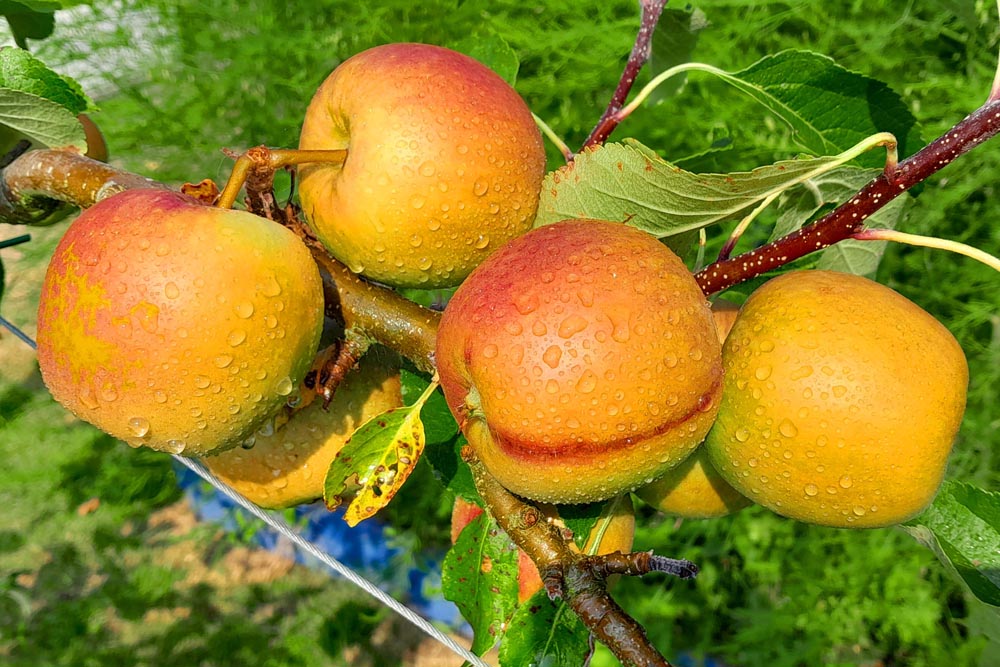
Welcome to the Eastney and Milton Allotment Association.
Situated off of Locksway Road, there are 536 plots split across the 3 areas of the site: Eastney Lake, Hope Cottage and Milton Piece.
Displayed on this page are common jobs/tasks to carry out on your allotment plot month by month throughout the year. Of course these are just a suggestion of jobs to be getting on, you will of course find more. There's always something to do at the allotment, even when there's nothing to do.

